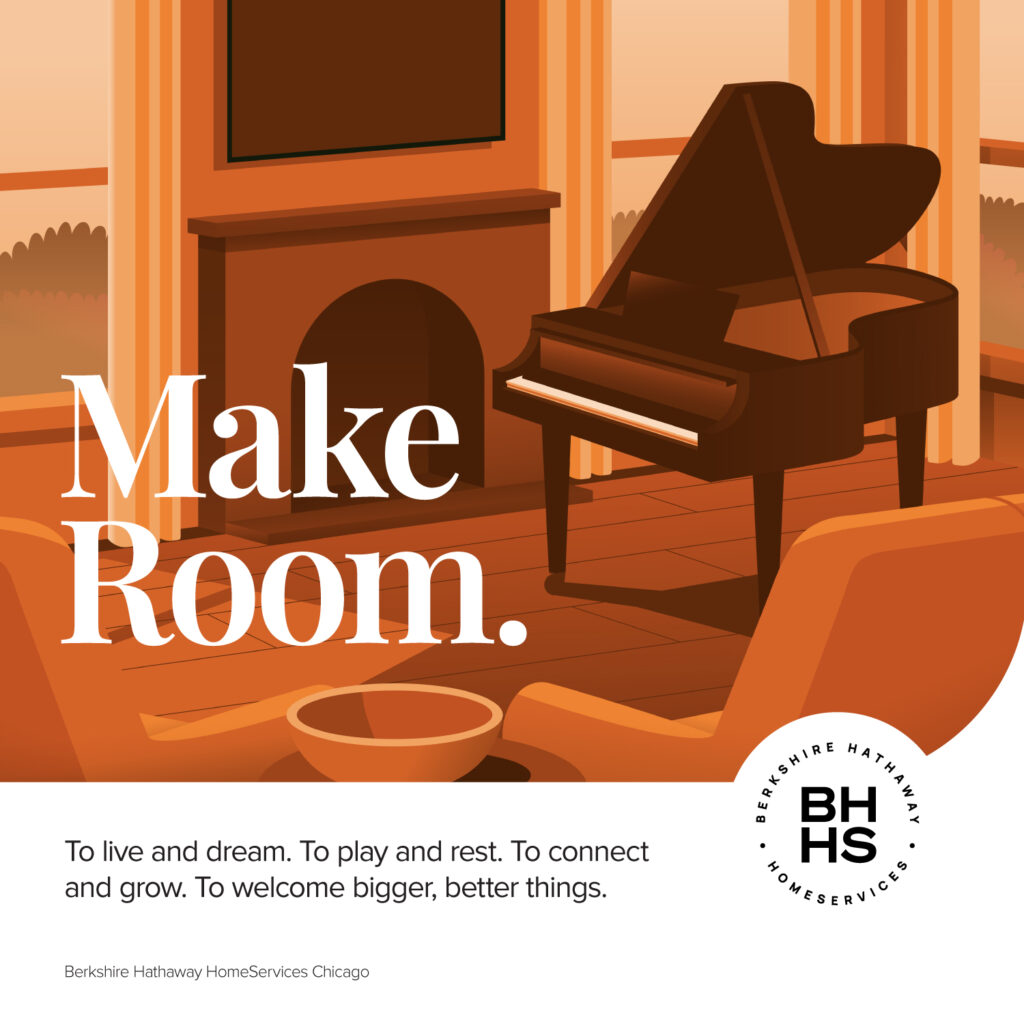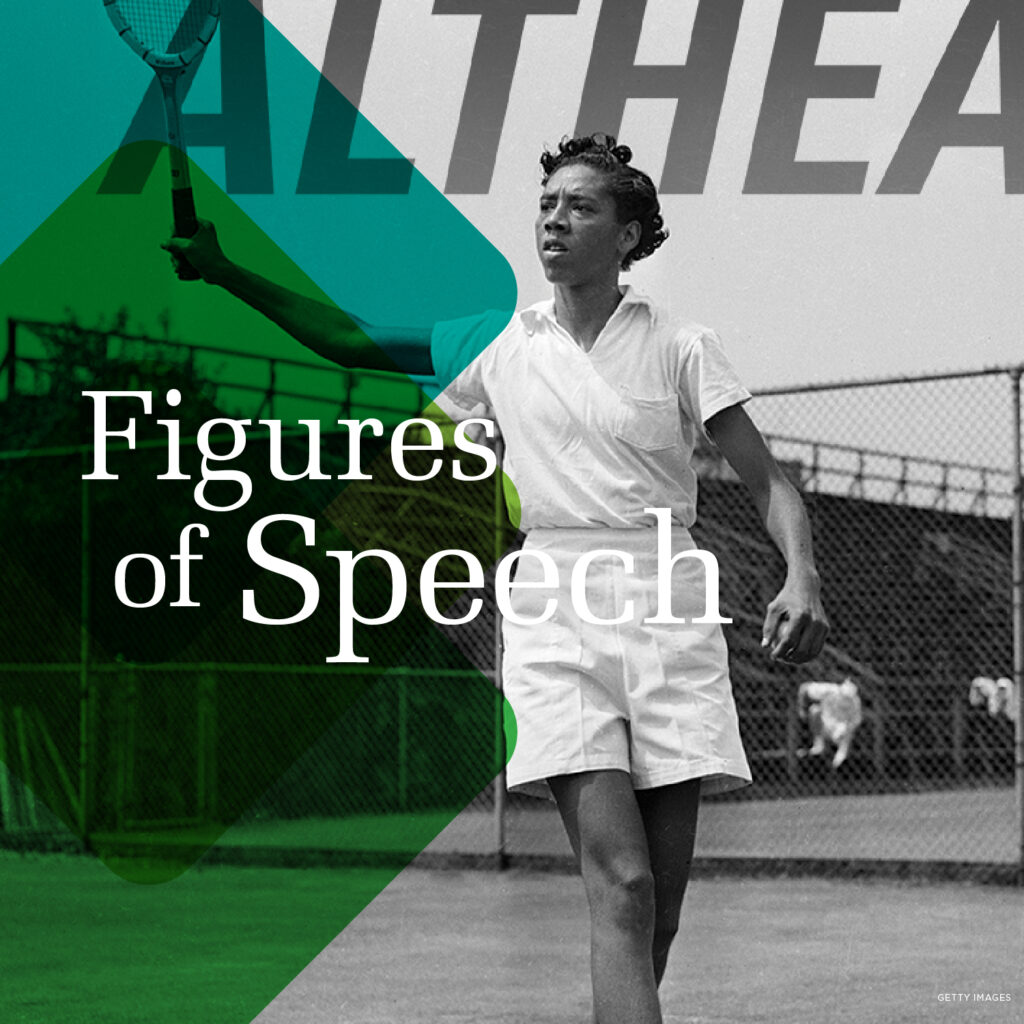“The neighbor comes before the house”: finding affinity in Tunisia
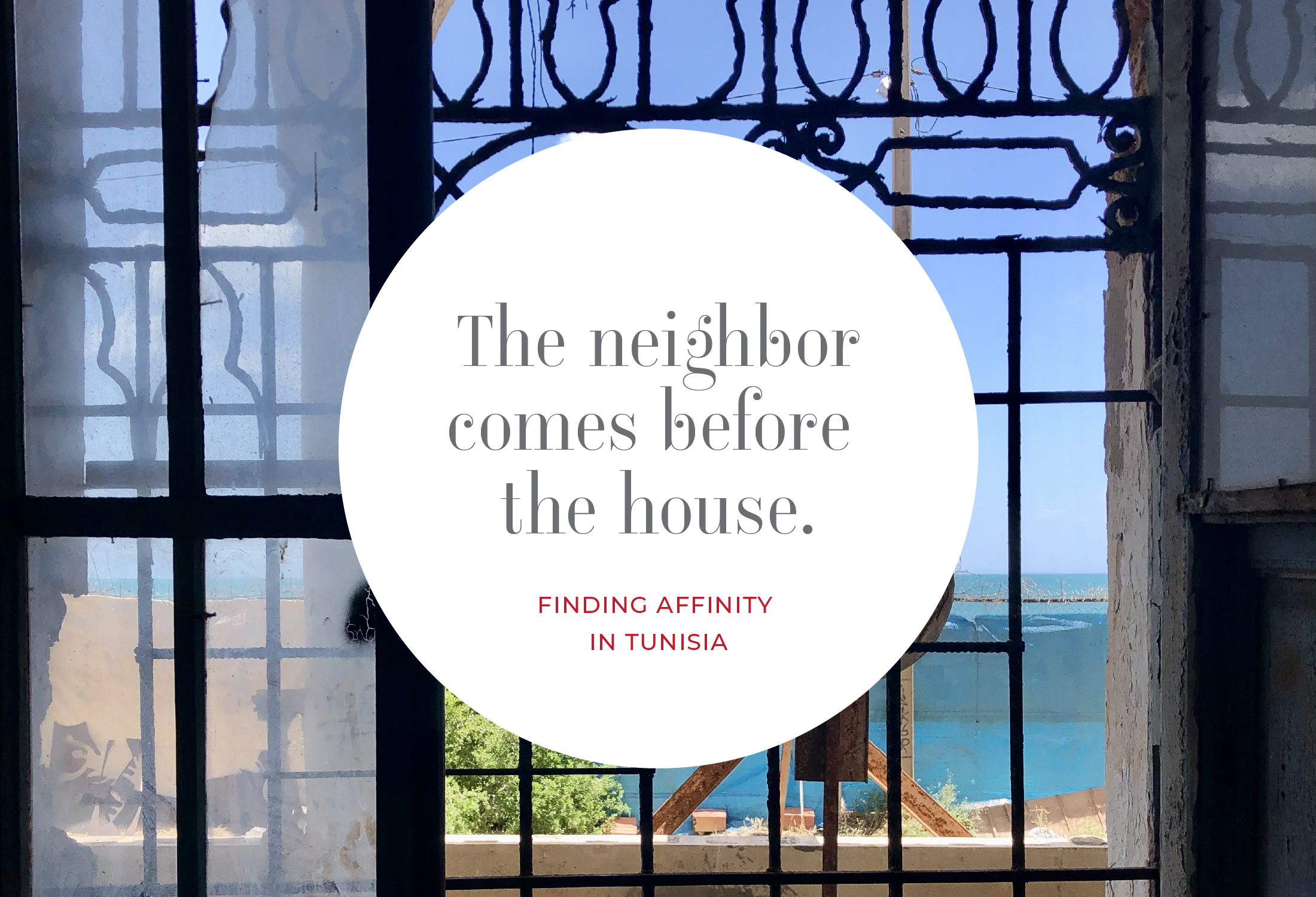

On June 6, a group of 19 gathered in our hotel lobby in Tunis. And what was planned as a trip of art patrons to Tunisia was the setting for learning, illumination, friendship and the rare experience to see what political, cultural and social change looks like up close — and in real time. This time in Tunisia also offered a window into grasping what it means to take nothing for granted while continuing to push forward within, or perhaps in spite of, a system that is fragile and still unknowable.
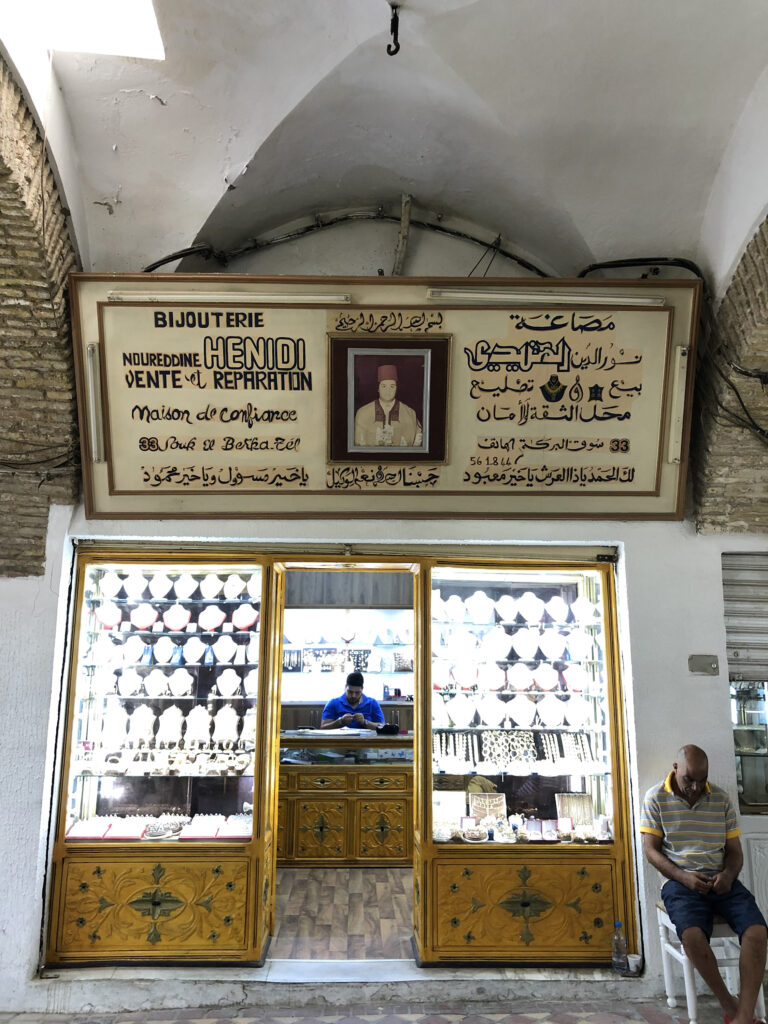
It’s been 11 years since the start of the Arab Spring in the streets of Tunis, and the rebuilding by artists, activists, intellectuals and entrepreneurs continues. The work is being done by long-time residents, along with those who left Tunisia in search of greater freedom and opportunities, now returning to make Tunisia a place for staying. Individually and collectively, people are grappling with the question of identity: What does it mean to be Tunisian in today’s world?
You can see how artists and musicians are exploring socio-political issues of migration, displacement, identity and belonging through their work in exhibitions in studios, art spaces and galleries across Tunis and around the country. There are music festivals on the island of Djerba along with popup shops featuring exciting young Tunisian designers who are using their contemporary sensibilities to mine ancient artisanal traditions. And between visits with artists Héla Ammar, Dora Dalilia Cheffi, Olivia Erlanger, Omar Bey and Yesmine Ben Khelil, we also explored projects taking place at Dar Eyqem, the studio of Safia Farhrat, B7L9 Art Station, EL MARSA, La Boîte, Galerie Central and 32 BIS. Together, these points of entry spontaneously generated a dense fabric of connection and shared interest.
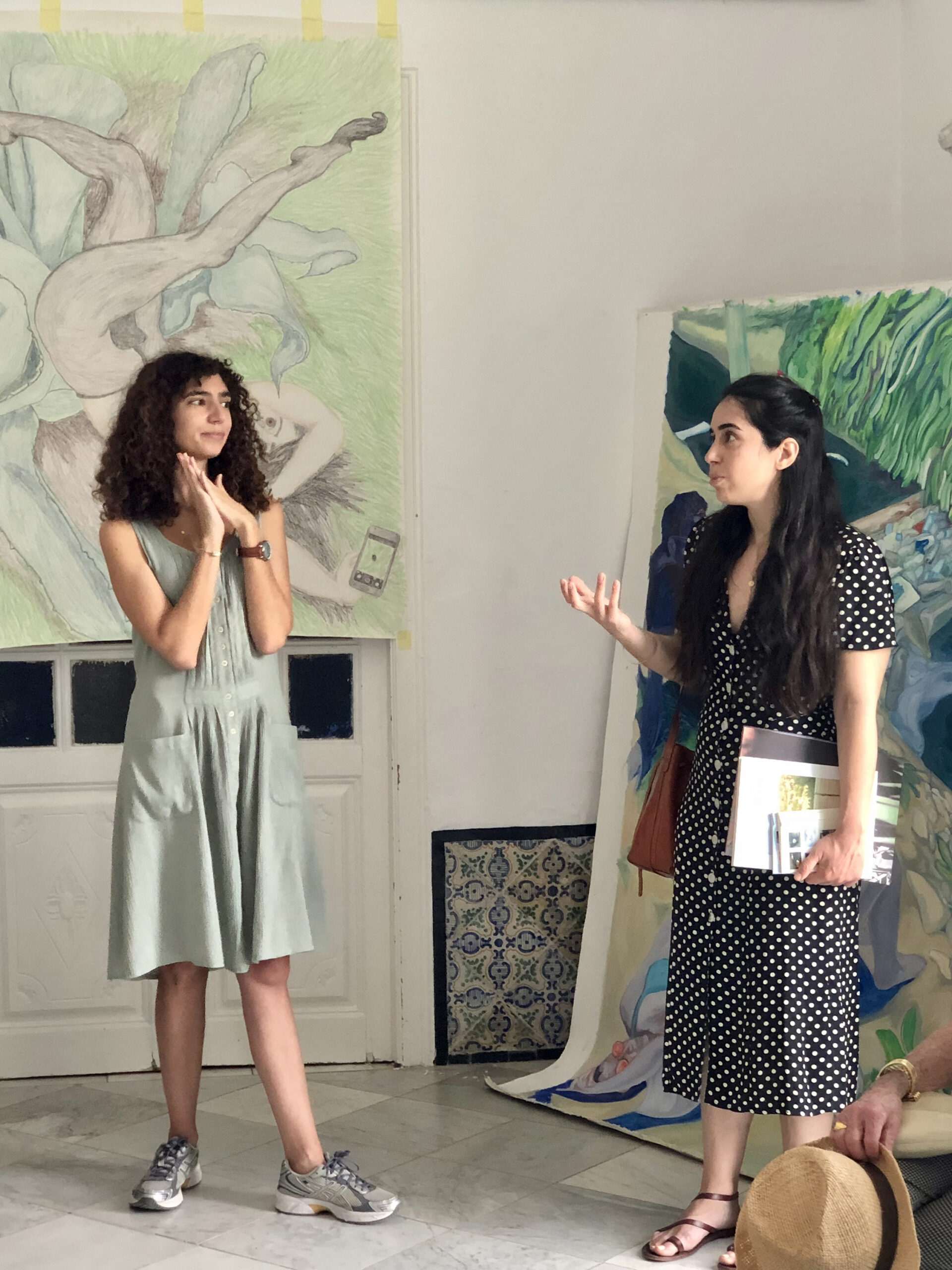
There are signs that Tunisia is no longer under the radar. Travel aficionados are drawing attention to the country’s treasures; Tunis appeared on the New York Times’ list of 52 Places to Go in 2019, referencing freedom of expression, the sensational Medina dating back to Islamic rule in 12th century, the ruins of the ancient city of Carthage built by Romans, and the glorious Mediterranean setting that has attracted European painters, writers and intellectuals for centuries.
Why did I feel so comfortable? So welcomed and appreciated? Turns out I wasn’t imagining things; rather, we were tapped into the character and treasures of this place, as we experienced both its complicated history and a bohemian spirit of rediscovery. I thought I understood the notion of “second chances,” but was overwhelmed by how the idea of looking back in order to imagine the future can serve as an expression of shared humanity. It turns out that in spite of (or perhaps because of) centuries of domination and colonization, the Tunisian spirit is inclusive, tolerant, gracious and generous.
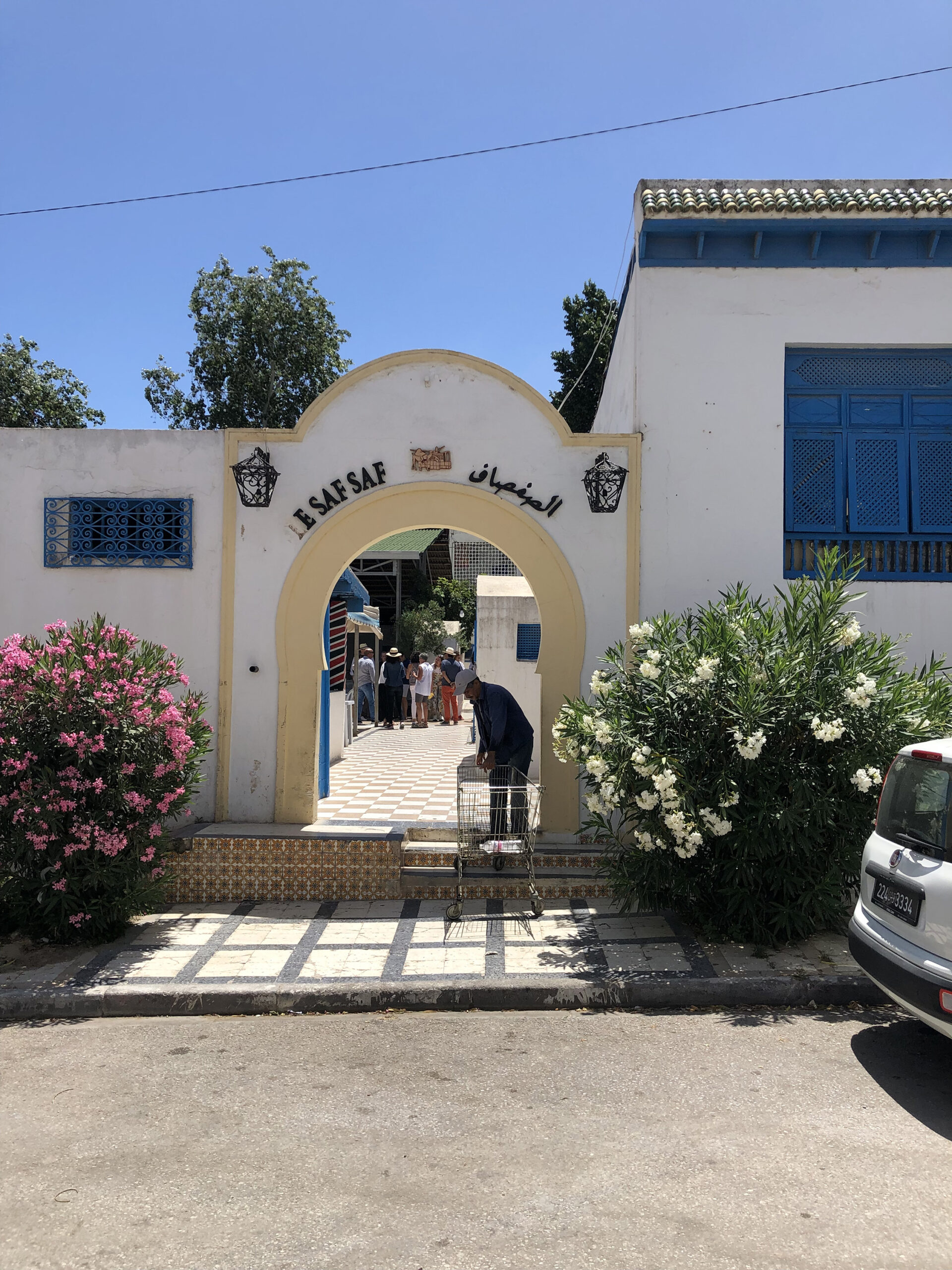
On clear days, you can see the western tip of Sicily from the northeast coast of Tunisia. Just a reminder that the country is not isolated and separate, but wholly of the Mediterranean, and connected to its neighbors in myriad ways — including cuisine. So it’s not a surprise that one of the most incredible moments was a dinner hosted and organized by Jewish/Tunisian historian, artist, storyteller and food enthusiast, Rafram Chaddad that took place in a private space at the historic Dar-Ben Gacem, a 17th century guest house in the heart of the Medina. Surrounded by furnishings and décor from artists across Tunisia, we watched the sunset over the Medina from a rooftop aerie and enjoyed cocktails crafted from boukha — a unique Tunisian spirit made from distilled figs. And what followed was a meal of Tunisian specialties, interpreted through Rafram’s brilliant artistic and culinary lenses. Being among friends, in this setting, with this bounty, set the proverbial table for conversation that was its own form of artistic performance — rich, warm, thoughtful and enlightening.
Make no mistake. The problems facing Tunisians are massive. The country’s emergent systems are vulnerable, and freedom from tyranny is far from a sure thing. Life remains complicated and progress is messy. But it is precisely because of this tender moment that such ebullience, joy in creation and hope abound. This is the fertile ground of transformation, where I had the good fortune to discover a growing community of those making change beyond themselves. I’m hooked. And I’ll be back.







